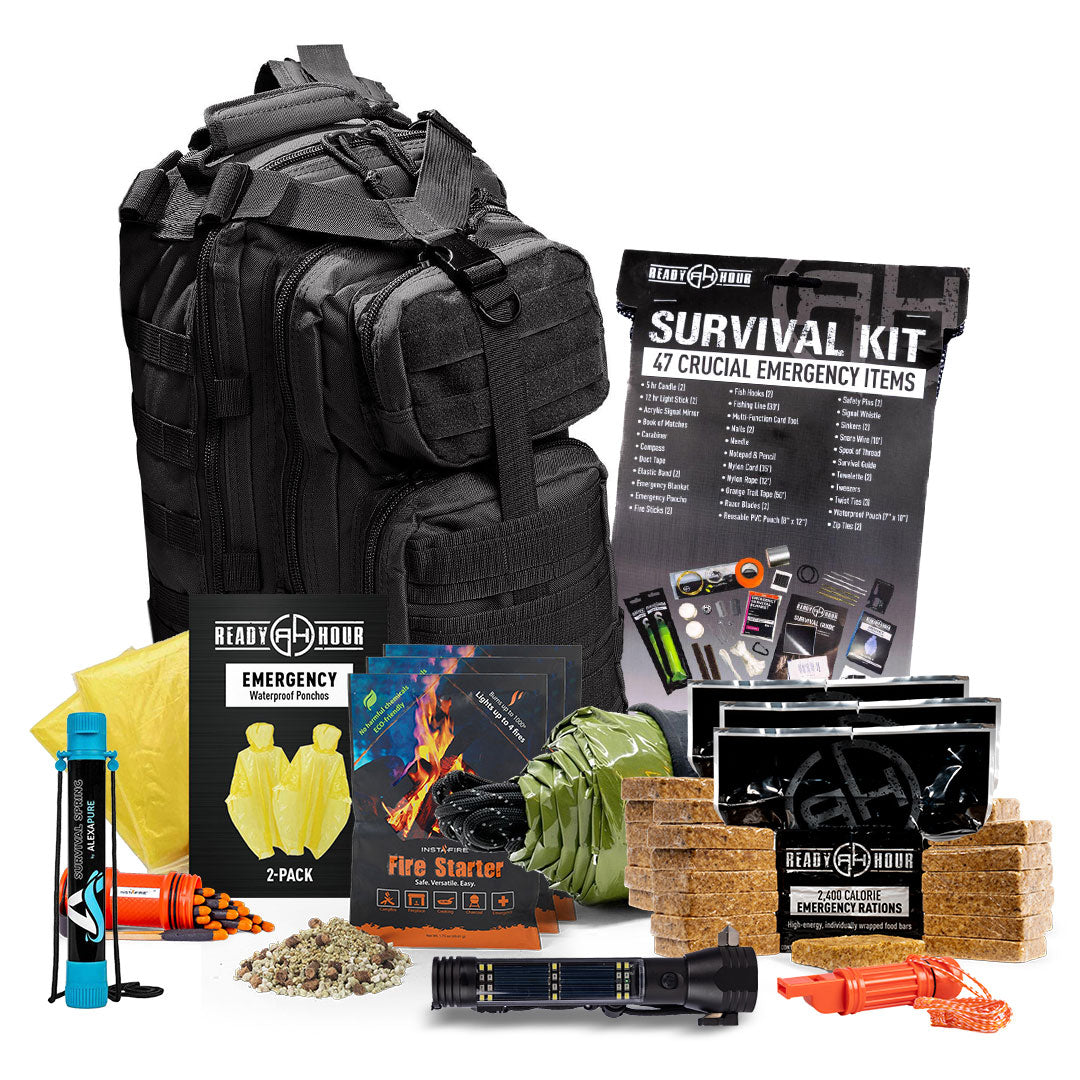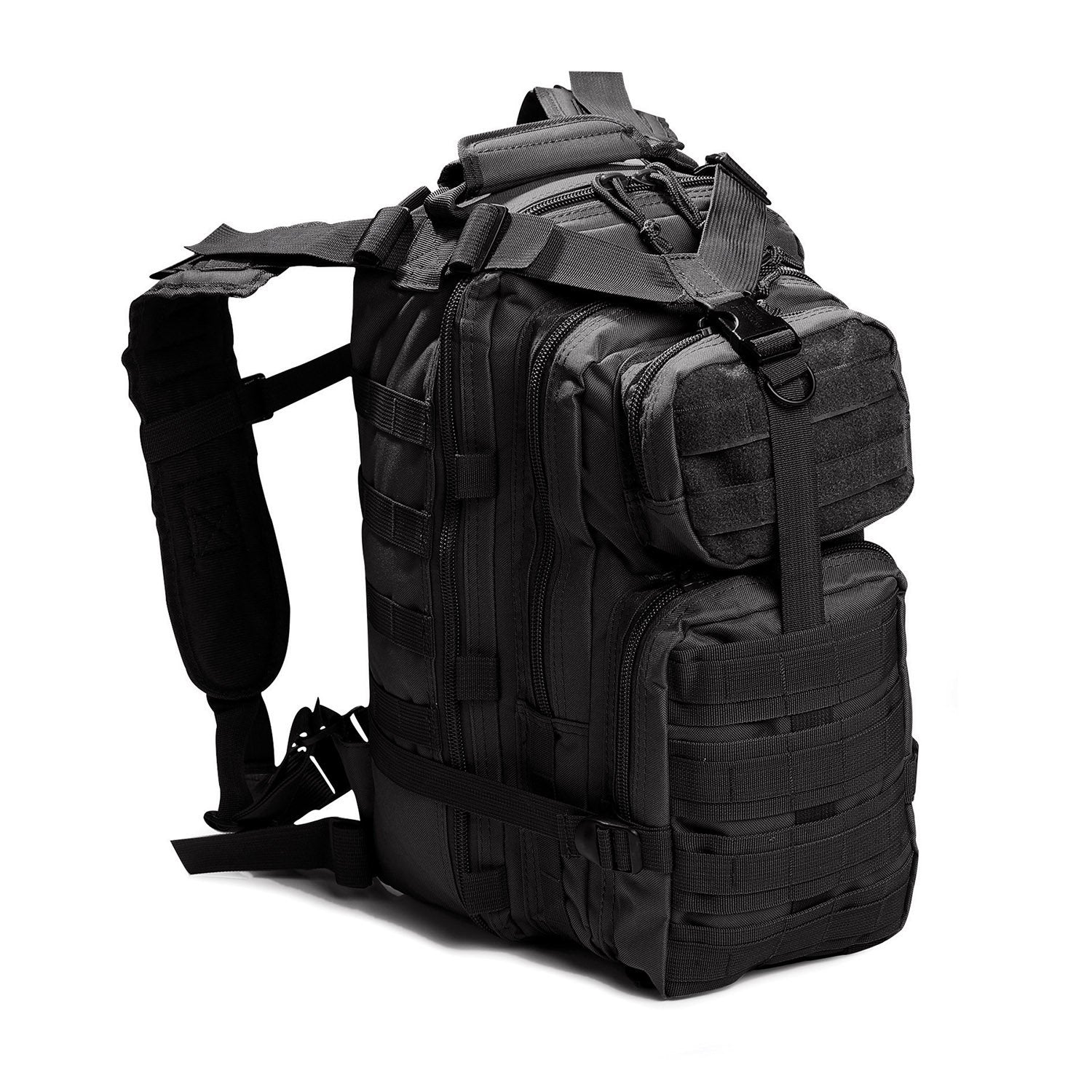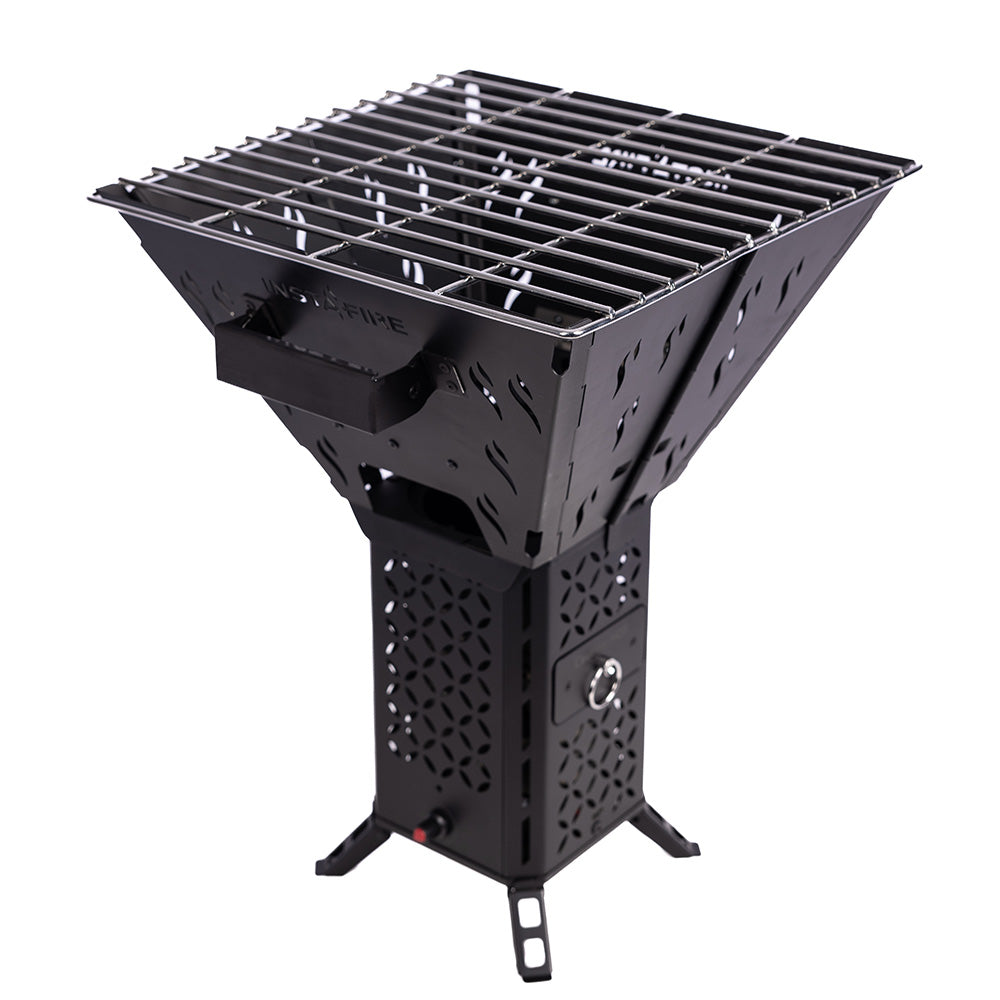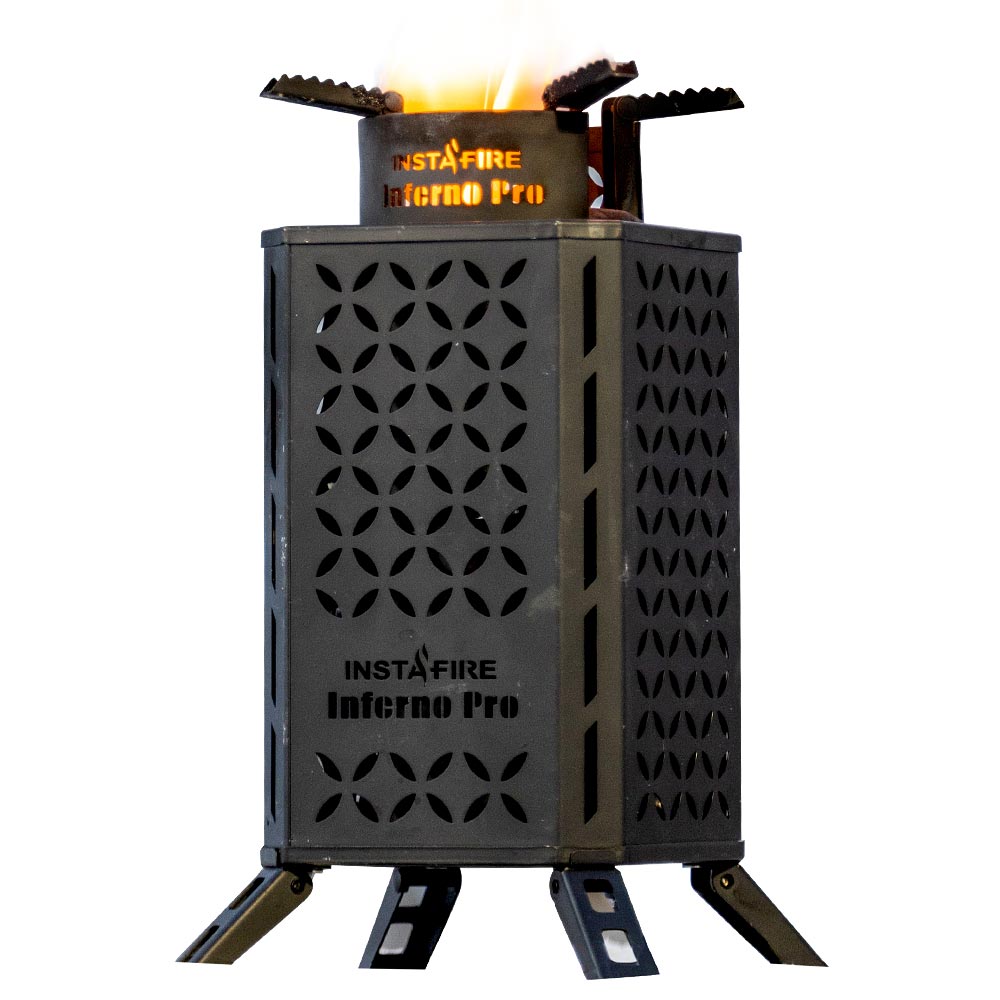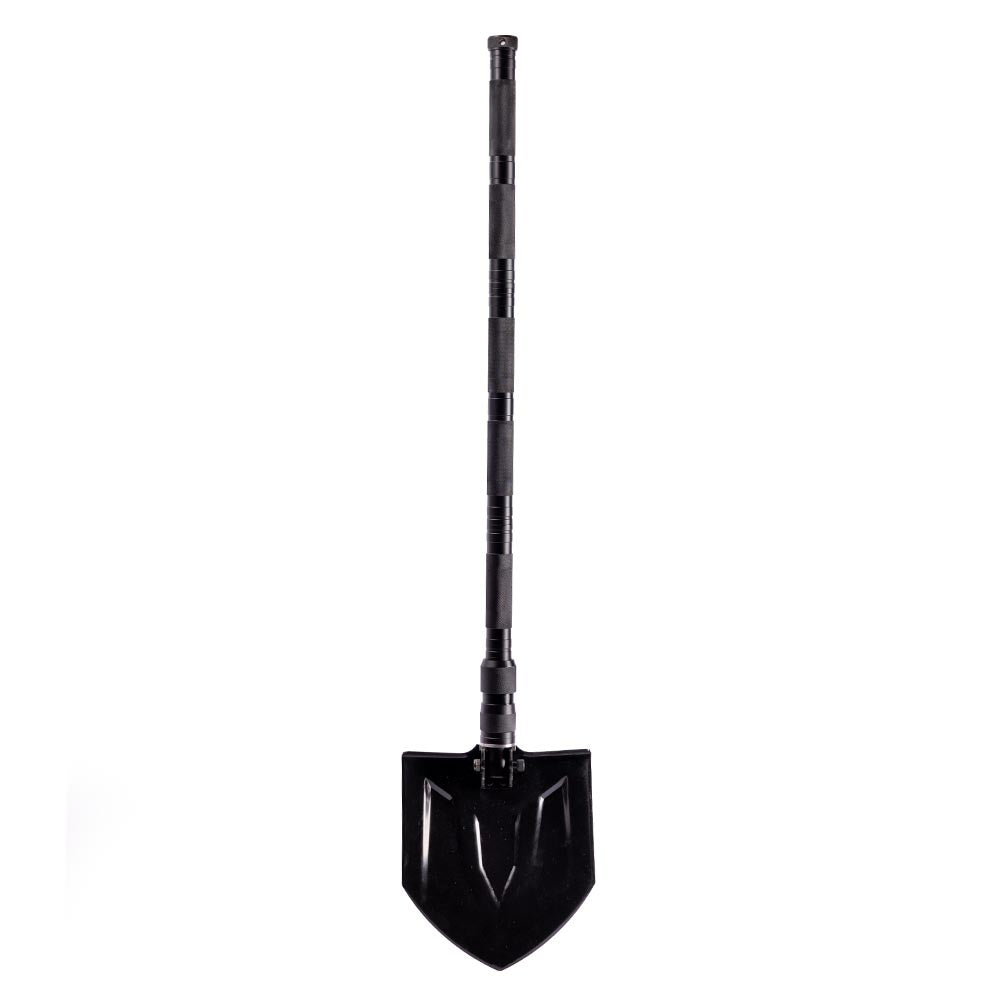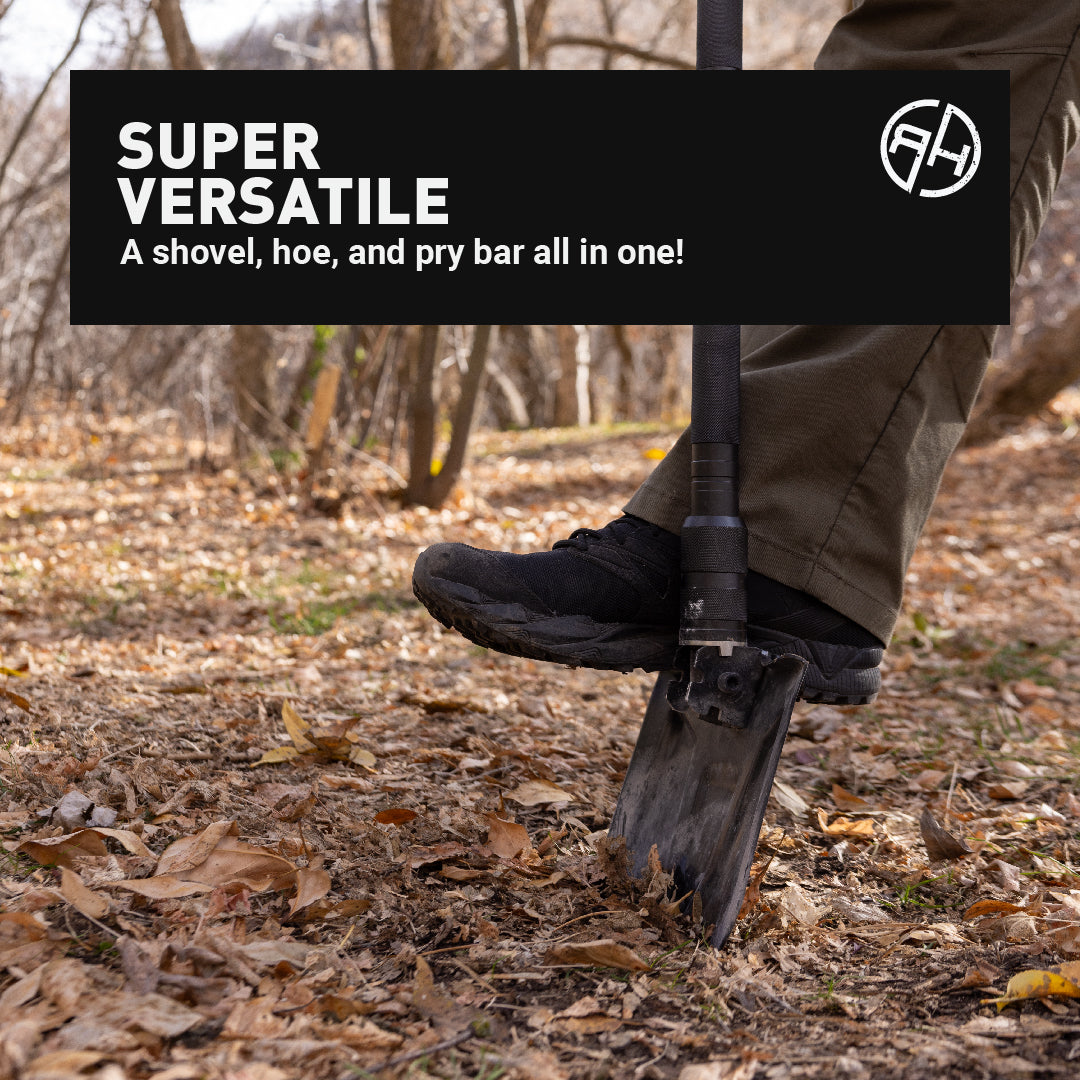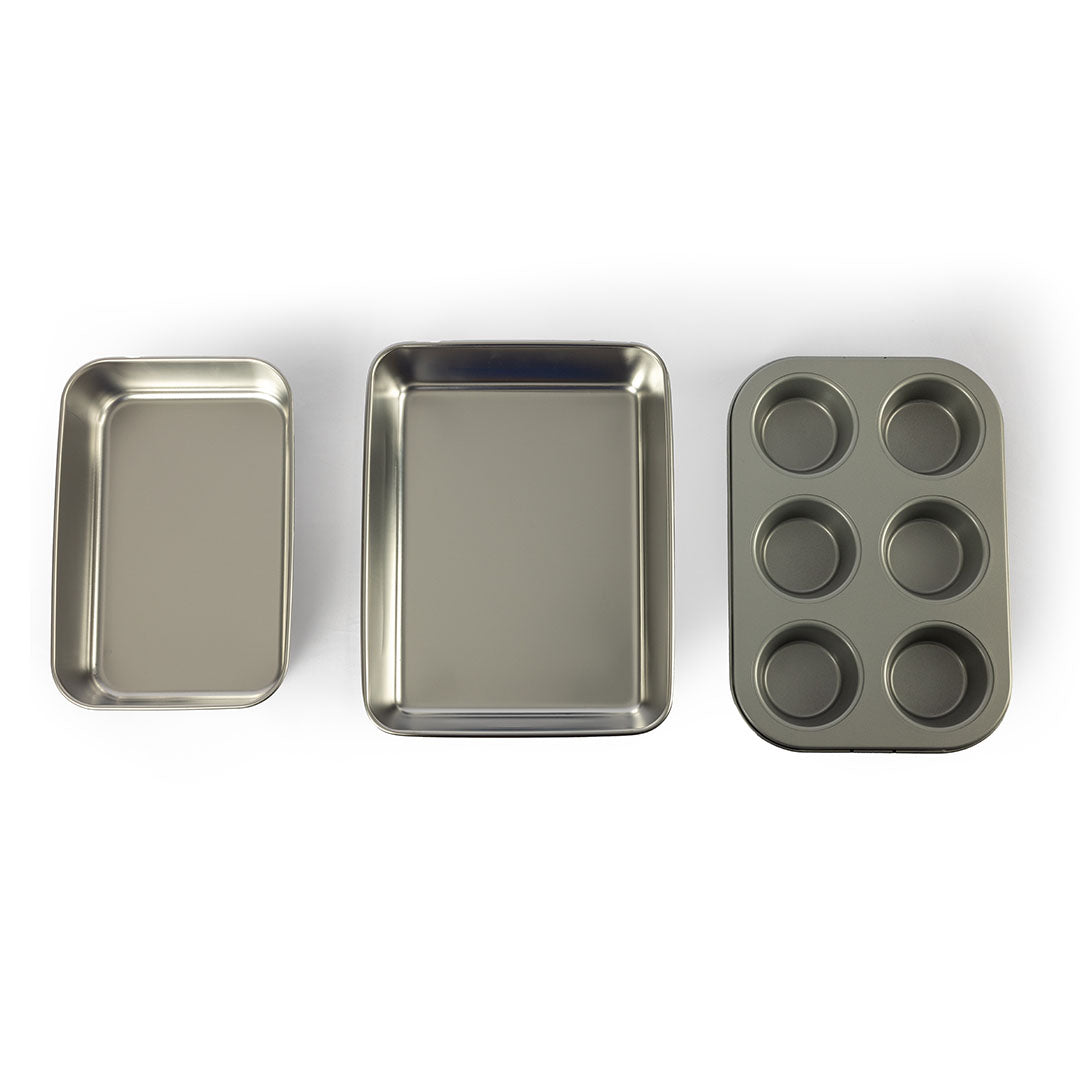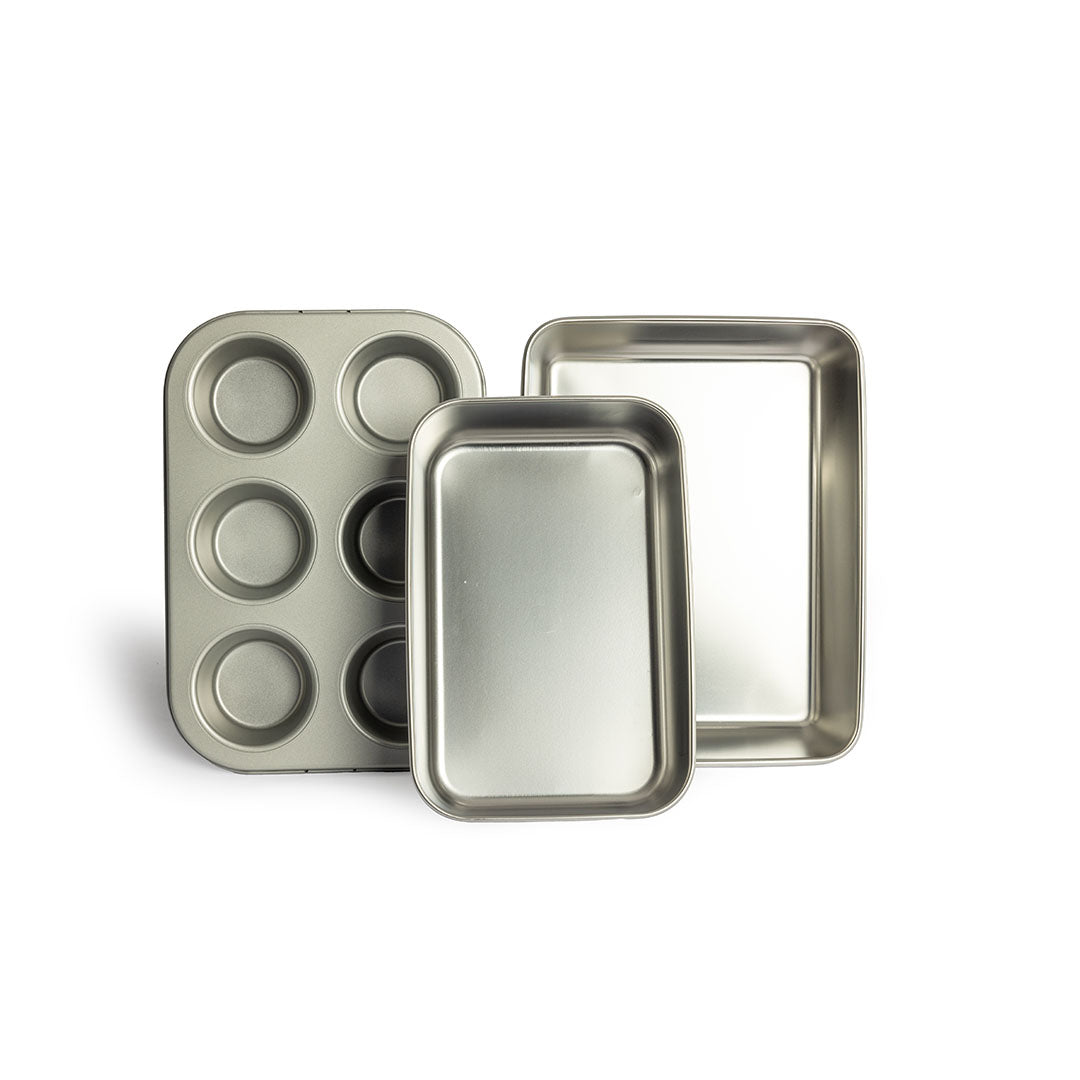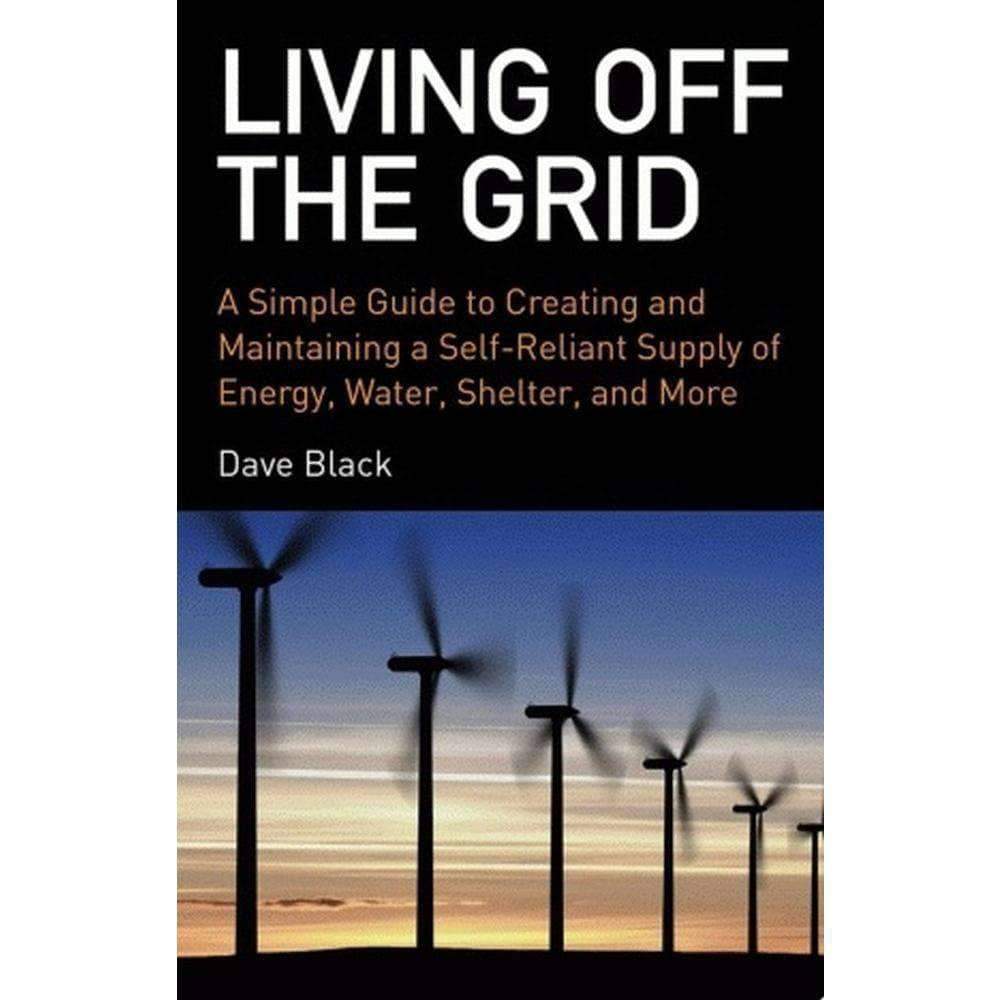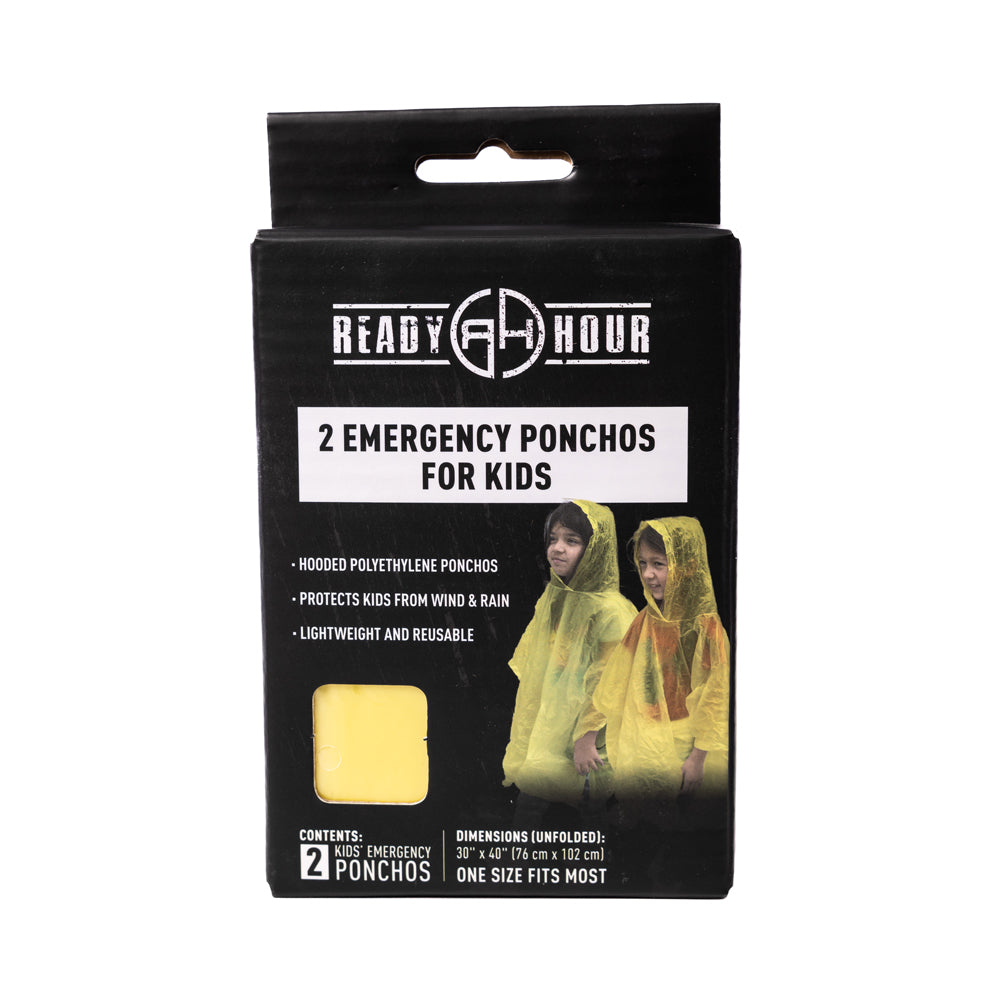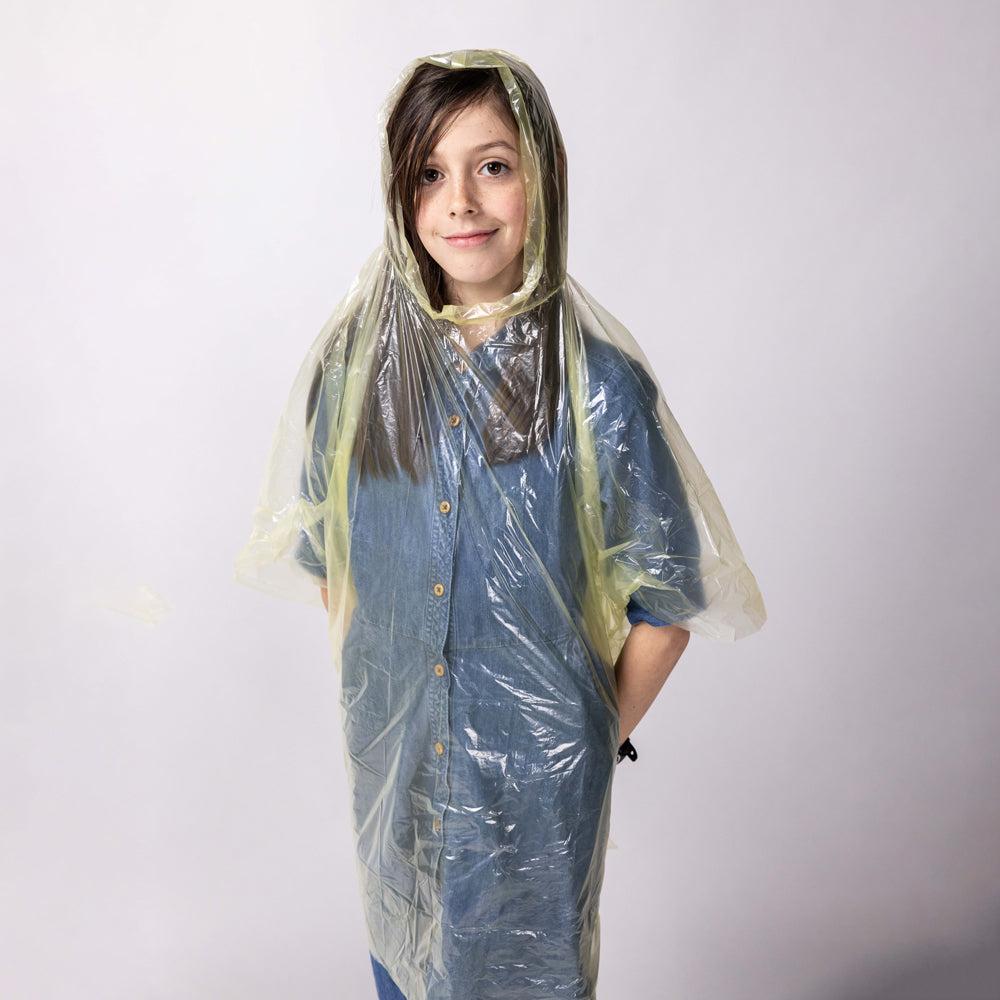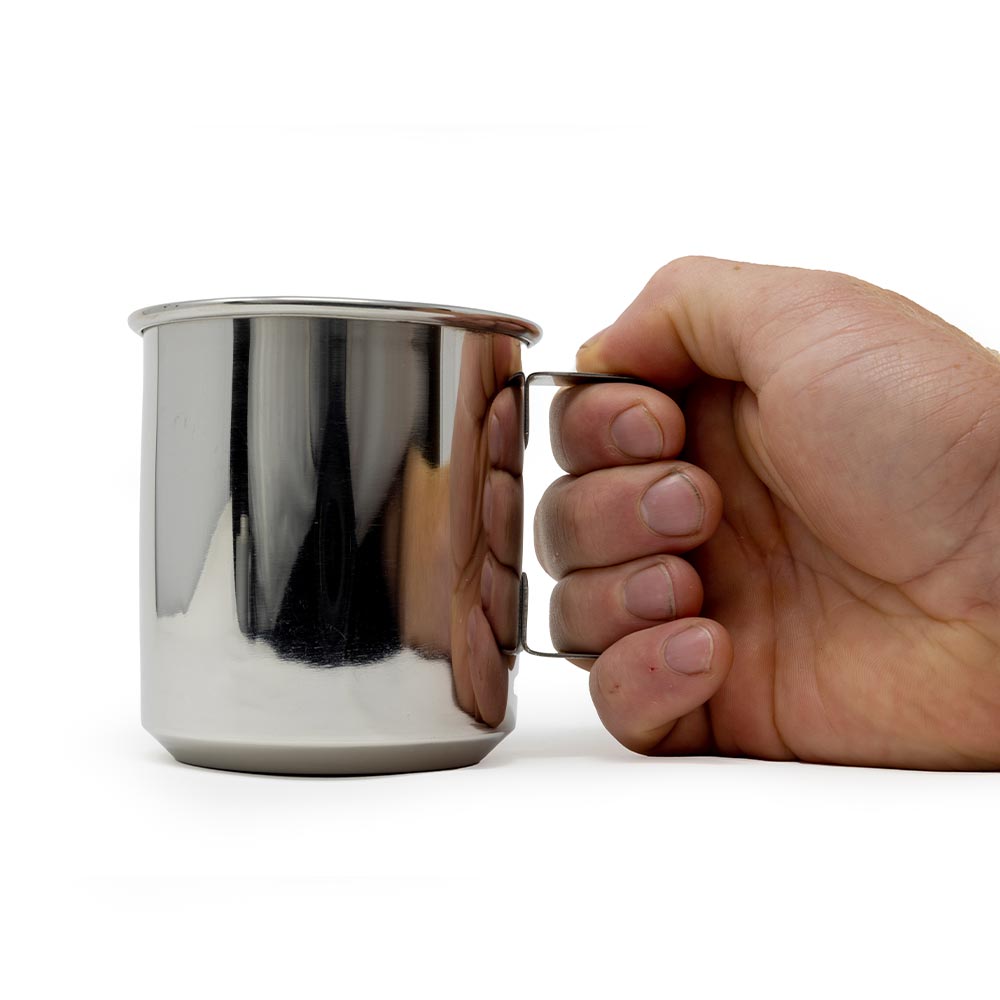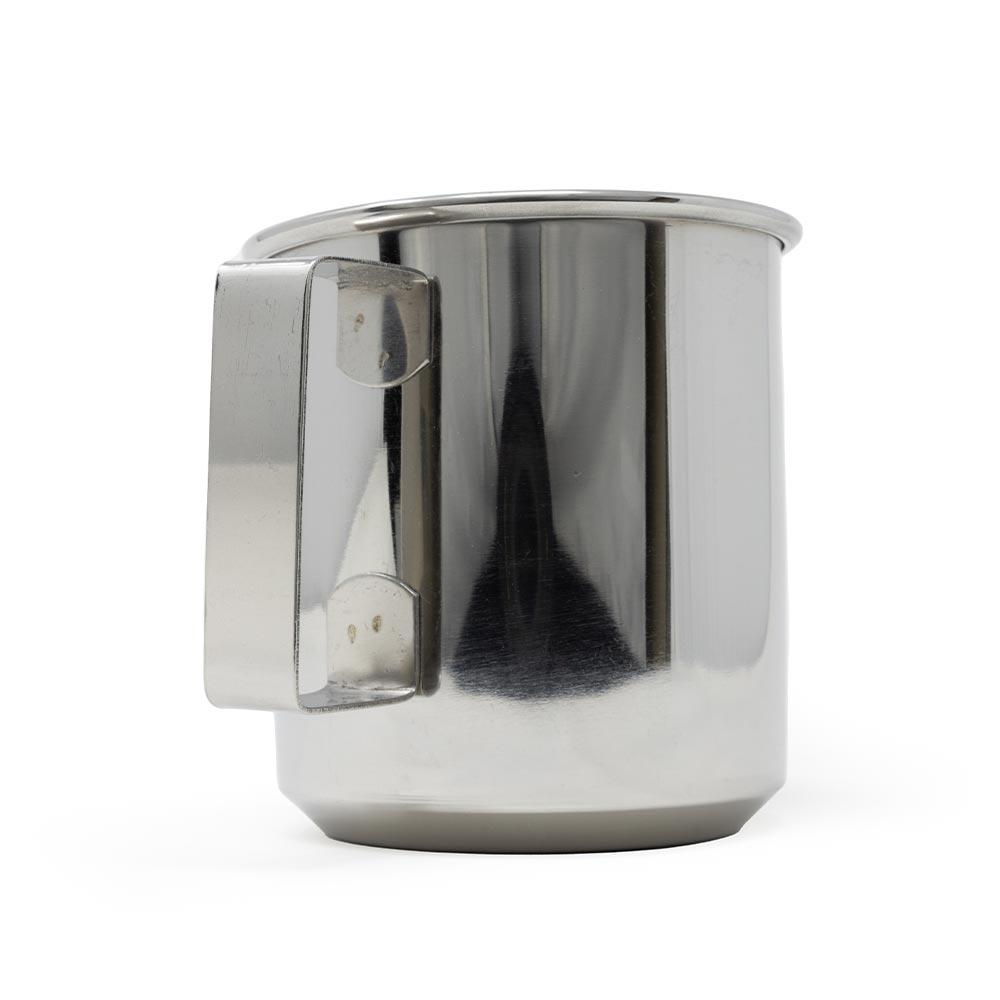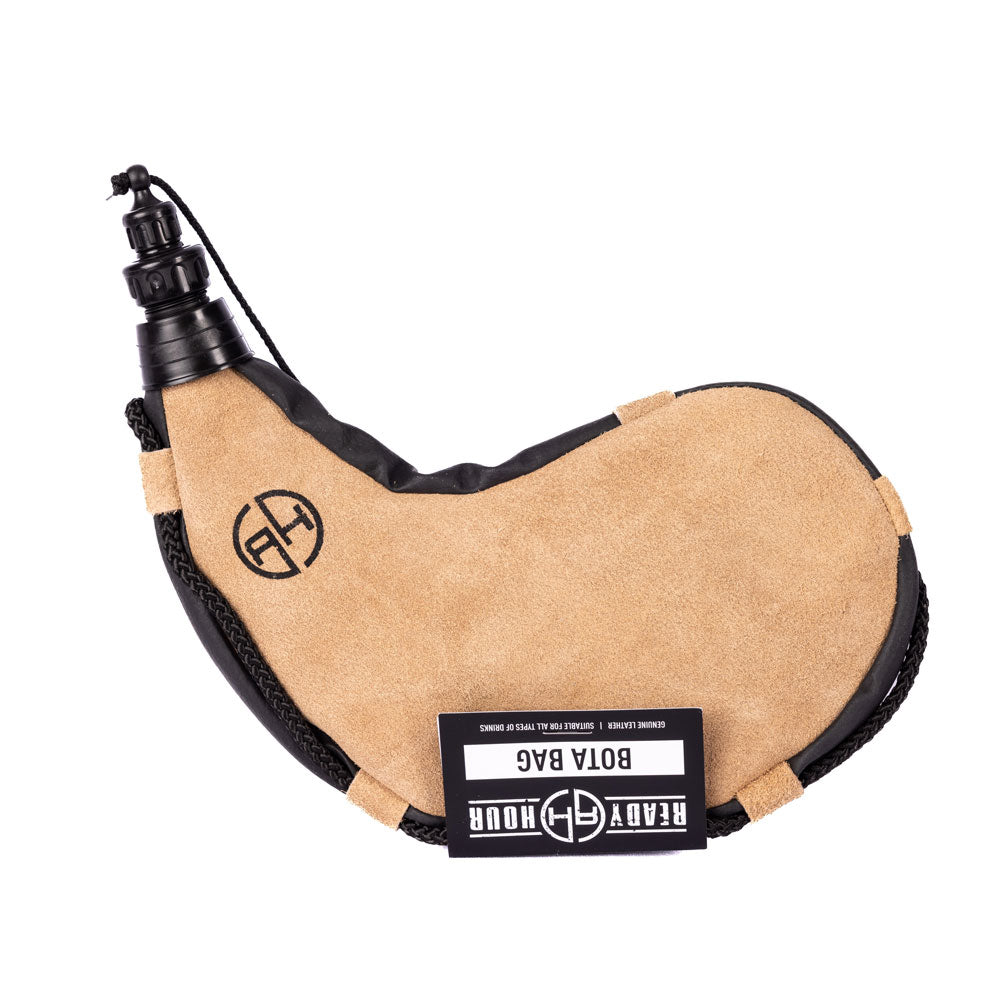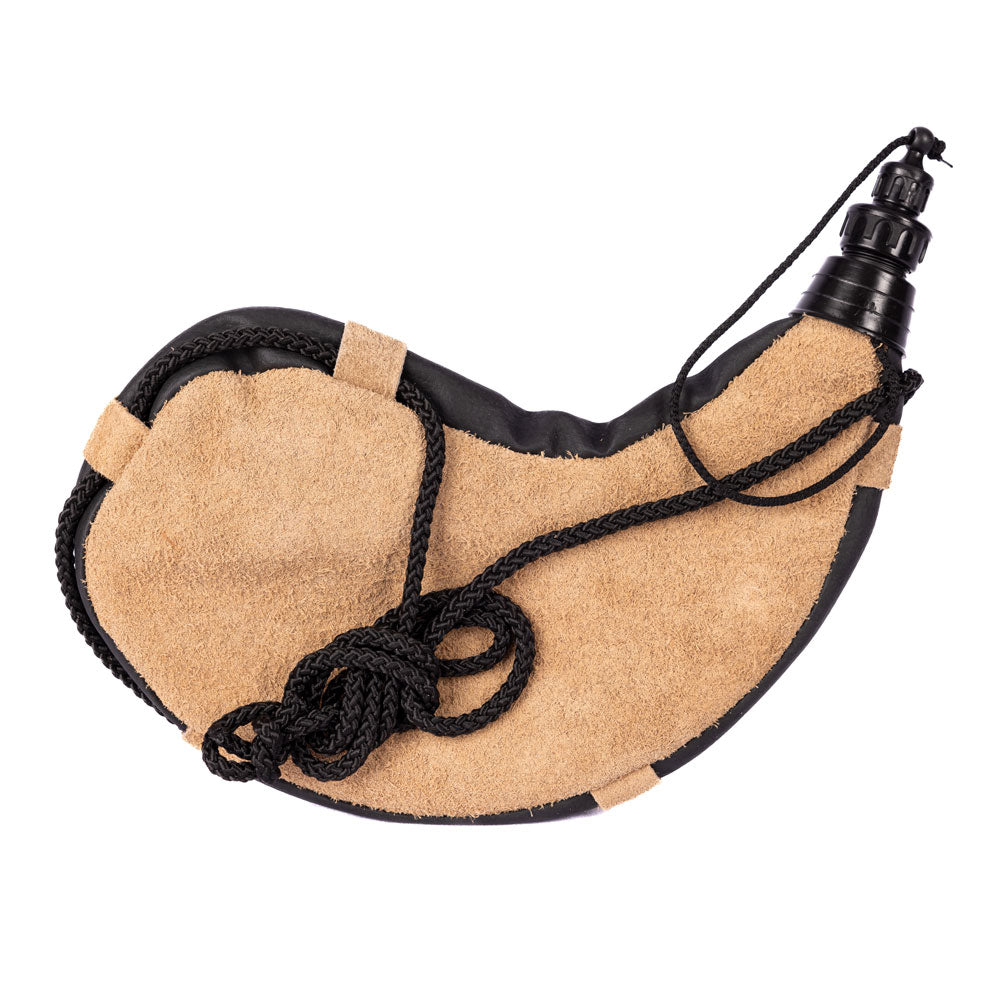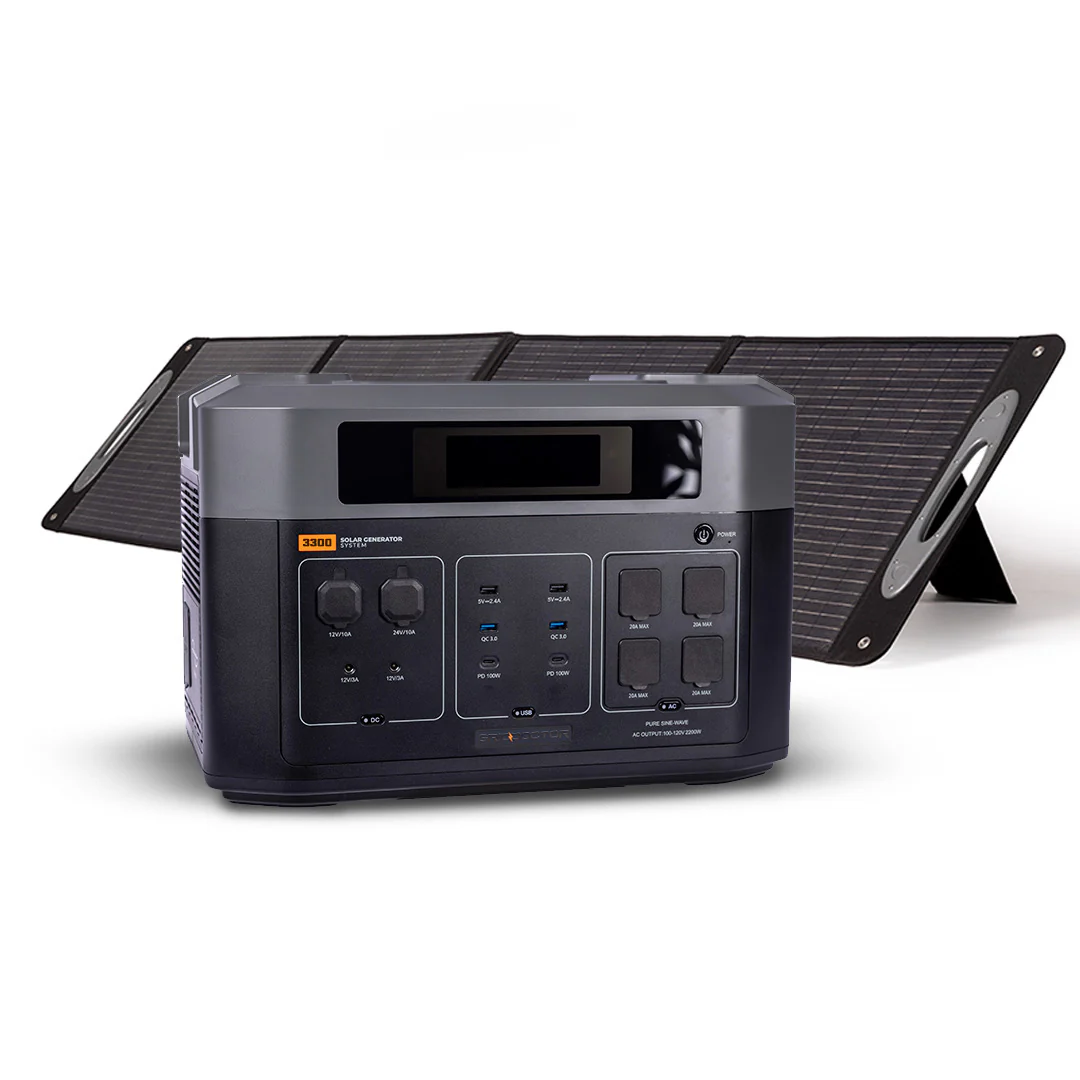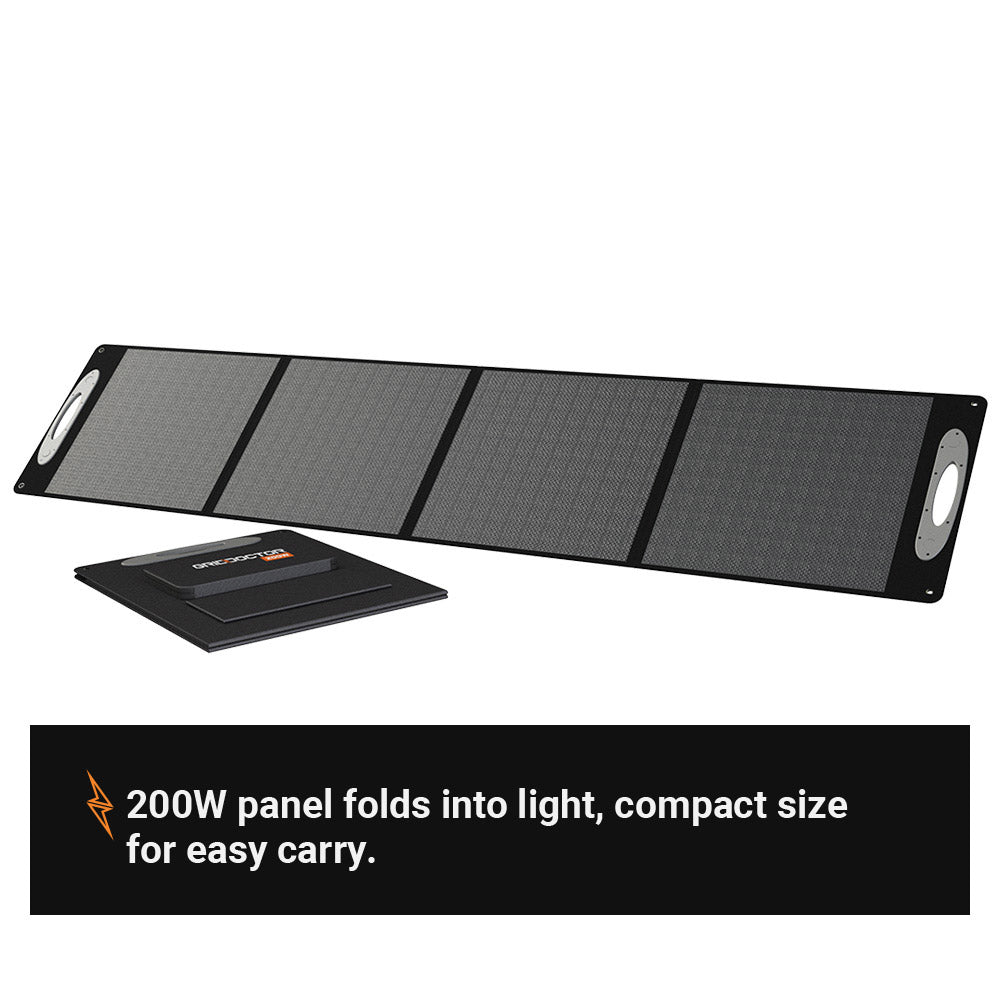- Survival Gear
83 products
Showing 73 - 83 of 83 products
EMERGENCY & SURVIVAL GEAR
With the proper emergency gear, you’re prepared with added comfort and convenience during emergencies, camping, hiking, and everyday events. There are many areas in which to prepare, so you’re sure to find what you need to be ready for anything.
Making wise decisions about your emergency supplies means investing in long-lasting supplies that are convenient, affordable, and easy-to-use. At Emergency Essentials, we help you focus on your first priority during a natural disaster or other emergency—your family.
Preparing for an emergency is different for every family. Naturally, buying nutrient-rich foods and having ways to store and purify water is the first step for everyone. After that first step, deciding what type of supplies and gear to focus on is a personal journey depending on your preparedness goals. Think of your emergency supply as an investment in the health and safety of your family during a crisis.

EMERGENCY GEAR
When faced with unexpected emergencies like a fire, flood, or survival situation, being prepared with the right emergency gear not only ensures you’ll survive, it also means you can do so comfortably. Having the right emergency gear means the difference between having shelter, water, food, first-aid, and warmth during tough times and having nothing to rely on. Our selection of supplies are also the perfect choice for outdoor enthusiasts.
BePrepared.com specializes in the necessities you need to make it through an emergency or survival situation. Essentials including power supplies, lighting kits, communication systems, navigation, and shelter provisions are all in stock. Custom emergency gear kits are available to make preparation for emergencies simple.
Staying healthy in an emergency is imperative to survival. We offer a large inventory of food selections to please your pallet and give you the necessary nourishment you need to survive. Staying hydrated is also key to remaining healthy during an emergency. Our water filtration systems are available in a variety of sizes, including purification tables, liquid treatments, and filters. These products are suitable for camping, hiking, or as part of your emergency plans.
Having access to power during an emergency will make a difference in your ability to survive. From efficient power packs to reliable generators, BePrepared.com offers a multitude of power sources for indoor or outdoor use. Use one for cooking, providing warmth, charging your phone, or accessing emergency information through a radio.
Browse through our selection of emergency gear to find everything you need to supplement your existing emergency preparedness packs or choose from one of our Emergency Essentials ® survival kits, already assembled and ready for use. We offer kits for individuals and families, filled with the basic tools and emergency gear to survive for up to 72 hours during any emergency situation.
EMERGENCY SUPPLIES BUYING GUIDE
While you don’t have to buy the most expensive food and gear, invest in high-quality tools built to last. The last thing you need during an emergency is finding out that the disposable flashlight only last two hours or your buy-three-get-one-free water bladders don’t hold water.
Ask yourself these questions about every potential purchase for your emergency supply stash:
- Why do I need this? You’re planning for an emergency and not a family vacation. Every purchase should fall into one of these categories: (a) first aid/medical necessity, (b) food and water, (c) light and communication, or (d) rescue and survival.
- What is the shelf life? (Longer is better in most cases.)
- How much storage space do you need for a three-day, two-week, or long-term crisis?
- Do you need accessories? (Think batteries, fuel for a grill, or jars for canning fruit and vegetables.)
- Is this item space-efficient?
- Does it serve (a) an essential need or (b) multiple purposes?
STORING EMERGENCY SUPPLIES IN YOUR HOME
You don’t need a huge space to store emergency supplies if you plan wisely. Use every inch of your storage space for efficiency and necessity. When buying emergency supplies, look for stackable items with minimal packaging or that serve multiple purposes (multi-function items are great because you get the benefits of multiple tools without using up all that storage space). For example, MREs don’t take as much space as individual ingredients. Buying freeze-dried food instead of ready-to-eat foods lets you store even more in a smaller area.
Although most people have enough room to designate a corner of the pantry or an area in the basement for their emergency supplies, there are other options. Assemble or buy a 72-hour survival kit for each member of the family and each pet. Store these items where each family member can grab his or her own in an emergency. Conveniently place these kits in a bedroom closet, on a shelf in the mudroom, or in the trunk of the car. Make sure everyone knows where you have stored the kits, and designate someone to grab kits for pets and young children.
Be mindful of temperatures if you choose the car trunk as storage for emergency items. Exposing food to temperature extremes—over 76 degrees or cold enough to freeze—may reduce the shelf life.
INVESTING IN EMERGENCY SUPPLIES
Budgeting for your emergency supply inventory depends on your preparedness goals. Preparedness experts recommend building a reserve for at least two weeks. Ready.gov has a great article on building your short-term emergency kits. But investing for long-term emergencies takes thoughtful planning.
In our current economic environment, prices continue to rise. The best time to start investing in your family’s health and safety is now. By making a list of necessities and gradually stocking your survival storage pantry now, you can take advantage of discounts and special pricing. Be proactive. Minimize rotation expenses by choosing supplies with a longer shelf life.
In the beginning, you might decide to buy food a bit at a time when you make your weekly trip to the grocery store. If you think your budget is just too tight to spend extra money building your reserves, consider this: Skipping the morning latte or the on-the-go-breakfast at the drive-thru can save you $100 a month if you're only spending $5 a day, five days a week. That's about $1,200 a year—plenty to get your emergency supply built up and invest in essential equipment and gear.
If you aren’t already canning fruits, vegetables, and meats, consider giving it a try. It saves money over buying out-of-season foods, and provides your family with a great short-term food storage option during an emergency. Canning and packaging equipment is an investment you won’t regret.
If you choose not to can or dehydrate your own foods, Emergency Essentials has all your bases covered, with a huge selection of freeze-dried and dehydrated foods to see you through in a crisis. We’ve got everything from whole grains to fruits and vegetables to premium meats, so you know you’re getting high-quality food that’s packaged and processed with your family’s needs in mind.
Investing in high-quality food preparation tools and equipment gives you another advantage. You’ll have the tools you need to prepare more nutritious, flavorful foods for your family during non-emergency periods, too.
WHAT TO AVOID WHEN PURCHASING EMERGENCY SUPPLIES ONLINE
By now, you have a general idea about what you need to stock your emergency storage closet. Both newbies and experienced preppers make mistakes when buying supplies online. These tips should help you avoid some of the most common issues:
- Don’t buy food your family won’t eat. A disaster is not the time to introduce new foods—it’s stressful enough already!
- Don’t skimp on water storage. In addition to hydration and hygiene, remember to include enough water for cleaning minor injuries and reconstituting freeze-dried and condensed foods.
- Don’t buy in bulk unless you plan to repackage your food into Mylar bags, vacuum-sealed bags, or canning jars. Once you open a large container of food—such as flour or coffee—the flavor and texture start to degrade. Storage containers provide an airtight seal that keeps rodents and pests out. Proper storage also keeps food nutritionally stable and extends the shelf life.
- Don’t forget spices and nutritional supplements. Yes, you can plan a well-balanced diet with prepared foods, but not everyone has the same taste. Spices and herbs allow you to change up the flavor of the same basic ingredients for variety and interest. Vitamins and supplements are an important addition to your emergency supply stash. Choose nutrition bars, protein powder, or multivitamin capsules that support nutrition and boost natural immunity.
Whether you’re just learning about emergency planning or you’re a seasoned survivalist looking for new canning equipment, Emergency Essentials offers a full range of products to support your preparedness goals. With a little preparation, you can not only survive but thrive when a crisis hits.
